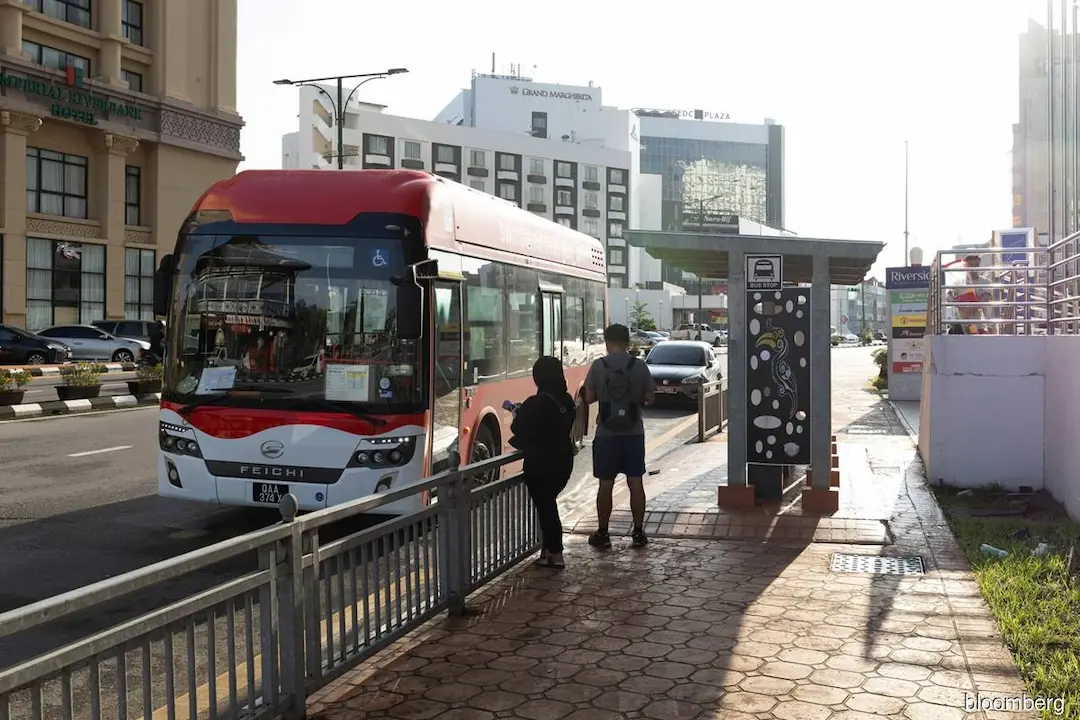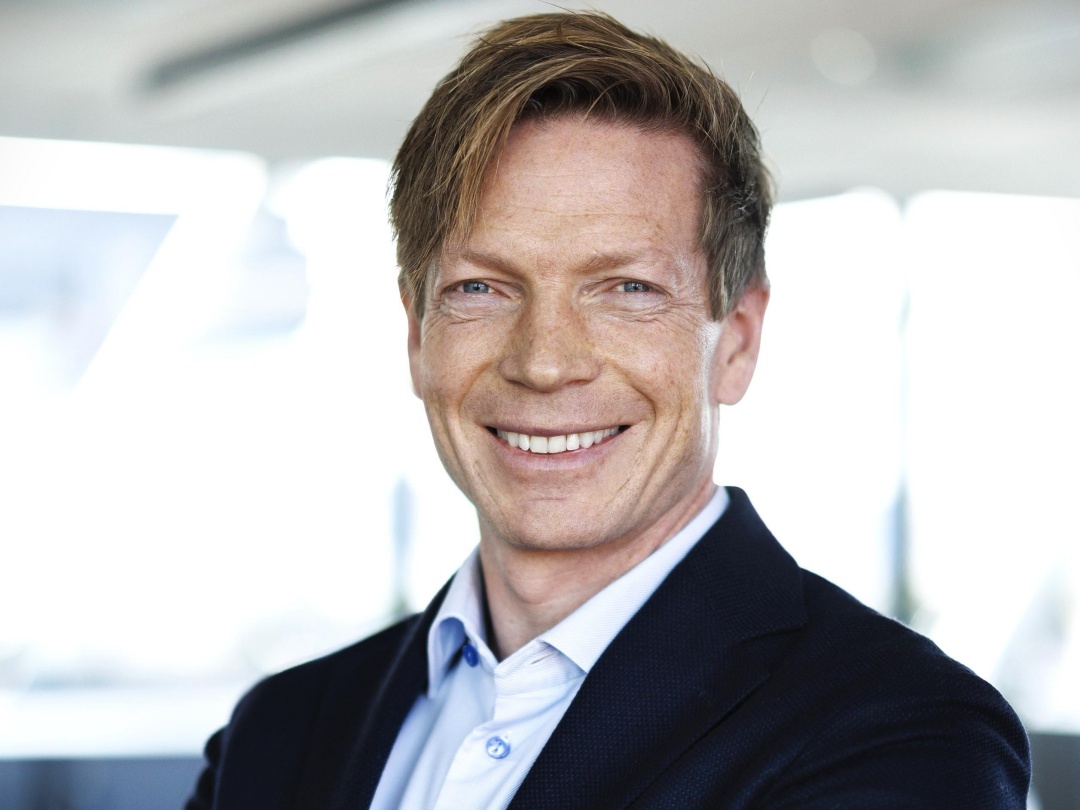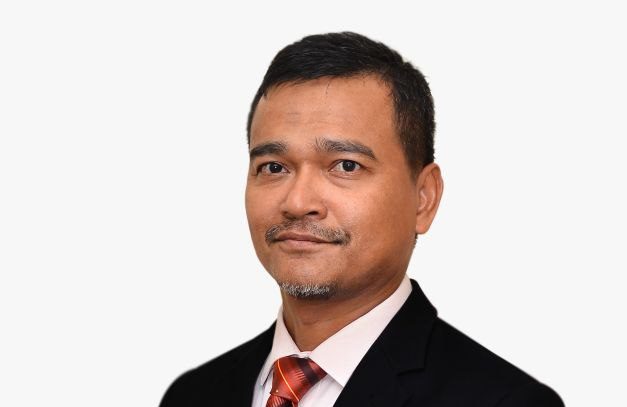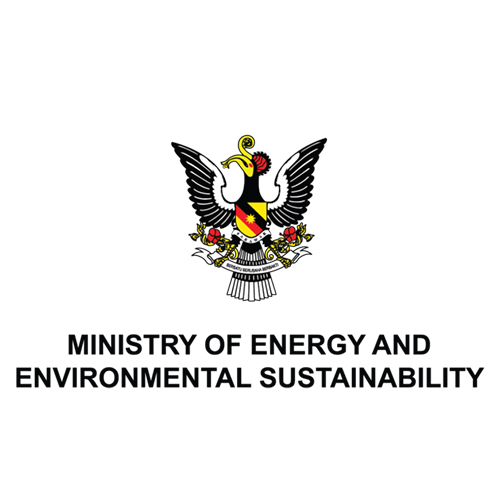(April 19): The oil-rich Malaysian state of Sarawak in Borneo is aiming to transform itself into a centre for clean hydrogen energy, betting that its ability to harness an abundance of hydropower can help it defy challenges that are clouding the fuel’s prospects elsewhere.
In state capital Kuching, the gambit is well underway after Sarawak plowed US$3.4 billion (RM16.3 billion) into a network of power-to-transport projects. Three fuel-cell buses made in China that are free to ride ply the city’s roads, refuelling at multi-fuel stations that come with hydrogen bays. Officials travel around in Toyota Motor Corp’s Mirai, the world’s first mass-produced hydrogen fuel-cell vehicle.
Authorities in Sarawak “are in a way world leaders in hydrogen activities,” said Gniewomir Flis, a senior advisor at Washington-based climate policy advisory firm Kaya Partners specialising in hydrogen. “They are among the ones getting the ball rolling.”
Sarawak, a state the size of England with a population of 2.5 million, is blessed with the rivers and heavy rainfall needed to create hydropower that can generate clean electricity needed for emissions-free hydrogen. Kuching, meanwhile, is a city of over half a million people where the fuel can be much more easily adopted. The true test of Sarawak’s potential is whether it can help hydrogen commercialise on a larger scale overseas.
“We have the means to help cool down the world,” Sarawak Premier Tan Sri Abang Johari Tun Openg, who formulated the state’s hydrogen blueprint in 2019, said in an interview.
Taking Sarawak’s hydrogen global, however, remains a costly and complex task. For one, it requires the construction of whole new infrastructure to produce the gas, transport it to customers and then burn it. Hydrogen cannot be transported on its own due to its low density, and needs to be converted into another chemical liquid compound first.
Global hydrogen use rose to 95 million tonnes in 2022, and less than 1% of the total was low-emissions fuel, according to the International Energy Agency.
“The fundamental challenge with hydrogen lies in its transportation logistics, as most hydrogen currently used is situated near demand centres,” said Minh Khoi Le, head of hydrogen research at Rystad Energy.
Nonetheless, two Asian countries where hydrogen is seen as crucial to the green transition have already set their sights on Sarawak as a key provider of the fuel.
South Korea’s private sector has pledged to pour billions of dollars into creating a value chain for the clean fuel, while Japan, which created the world’s first hydrogen strategy in 2017, said in the latest update in June that it aims to increase consumption of the fuel to 20 million tonnes by 2050 from about two million tonnes now.
The countries’ biggest energy companies are partnering with Sarawak’s new state-backed entity, SEDC Energy, to build two hydrogen plants in the port city of Bintulu called H2ornbill and H2biscus, named for the state bird and Malaysia’s national flower. The Japan-backed plant, H2ornbill, aims to convert hydrogen into methylcyclohexane, a chemical also known as MCH, to be exported to Japan. H2biscus, meanwhile, plans to convert its hydrogen output into ammonia for export to South Korea.
The two projects, slated to start commercial production in 2028 at the earliest, together aim to produce 240,000 tonnes of hydrogen a year. The figure rivals the stated output of Saudi Arabia’s Neom plant, set to be the world’s biggest after announcing last year it would produce roughly 291,000 tonnes a year from 2026.
Malaysia is attractive mainly because of the low cost of production of green hydrogen, expected to be the cheapest among Southeast Asian countries by 2035, according to BloombergNEF forecasts, and roughly 20% less than in South Korea.
“A stable supply of electricity at a low cost are the most important points” for Japan’s hydrogen goals, said Shohei Yasuda, an official at the hydrogen promotion department of Eneos Corp, one of the Sarawak project’s partners.
Despite Malaysia’s low costs, green hydrogen still faces huge price hurdles against much cheaper fossil fuels — natural gas is currently about a quarter the price of green hydrogen produced with Western technology, according to BNEF. And that doesn’t include the cost to liquefy the hydrogen or convert it for export.
Liquefying hydrogen also requires vast amounts of energy — the process is expensive and consumes more than 30% of the energy content of the fuel, according to the US Department of Energy. It’s also less dense than liquefied natural gas, so transporting it at scale would require creating new fleets of ships, infrastructure and technology.
And the technology is still in the midst of proving itself. The world’s largest green hydrogen project, located in western China, is grappling with issues around efficiency and flexibility, according to an analysis by BNEF. Its electrolyzers — machines that strip hydrogen from water — are currently the cheapest in the market but struggle to manage fluctuations in power from sources like solar.
Sarawak touts its access to unfettered hydropower as the key to prevent such problems.
“Our advantage is of course hydropower,” said Robert Hardin, chief executive officer at SEDC Energy. “We don’t have that issue of intermittent supply.”
While hydrogen’s practical use still faces many hurdles, Sarawak is powering ahead at home. Its biggest undertaking yet is a planned autonomous, hydrogen-fuel tram line costing RM5.59 billion that is slated to start operations as early as next year. The trackless tram system, built by a unit of China’s CRRC Corp, has not been put into commercial operation anywhere in the world.
Other plans in the works in Sarawak include hydrogen-powered waste collection trucks and medium-sized boats, which are a common form of commuting in more rural areas, said Robert.
With more than enough water and hydrogen to power these ambitions, Sarawak could end up looking like a model state for hydrogen, but Kaya Partners’ Flis said there is also a risk of the investments not working out and becoming white elephant projects.
Abang Johari admits that the stakes are high.
“It is a risk, but it is a calculated risk,” he said. “There is no other option, we need alternative energy, and hydrogen, ultimately, is the cleanest.”
